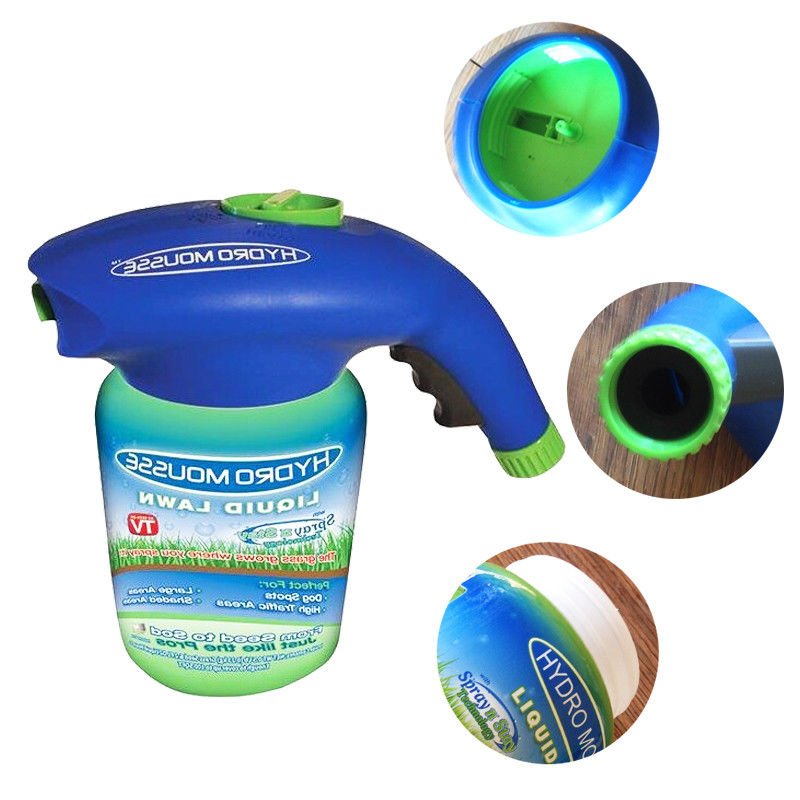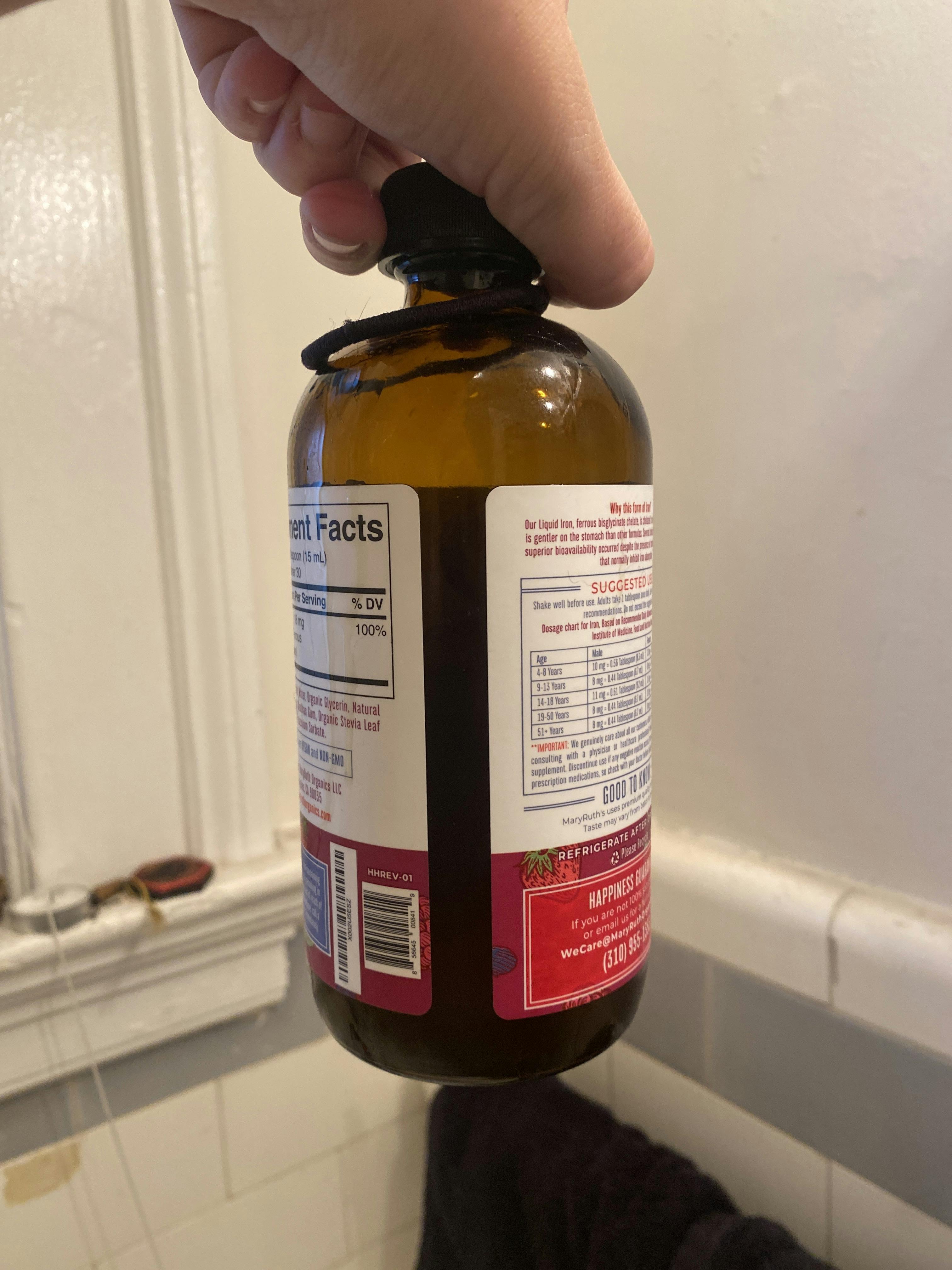

Potash is a form of potassium, but both serve the same purpose-to boost root growth and overall grass health. Occasionally the (K) in NPK stands for potash rather than potassium. A typical NPK ratio for liquid lawn fertilizers might be 16-0-6, which would indicate 16 percent nitrogen, 0 phosphorus, and 6 percent potassium. Most commercial fertilizers are labeled based on the amount of nitrogen (N), phosphorus (P), and potassium (K) they contain by volume. Lawn fertilizers are typically higher in nitrogen than any other nutrient in order to green up the lawn and promote robust growth. Gardeners concerned about the pH level should have their soil tested and then add amendments, such as lime or sulfur, to raise or lower the pH, depending on the results of the tests. While some fertilizers may help balance pH slightly, they won’t change the pH of soil that’s markedly too high or too low on the scale. The pH scale runs from 0 to 14, with 7 considered “neutral.” Numbers below 7 are progressively more acidic, and numbers above 7 are progressively more alkaline. Most turf grasses do best when grown in soil with a pH between 6.0 and 7.0. Consider some fundamental factors when shopping for liquid lawn fertilizer. Instead, they supplement relatively healthy soil to produce an attractive lawn. But, they’re not a cure-all for poor soil.

Most lawn fertilizers are similar-they contain the nutrients grass needs to produce rich color and grow steadily throughout the summer season. Photo: What to Consider When Choosing the Best Liquid Lawn Fertilizer ALSO CONSIDER: PetraTools Nitrogen Fertilizer – Liquid Lawn Solution.BEST ADDED NUTRIENTS: The Urban Farm Liquid Lawn Fertilizer 13-1-2.BEST WITH IRON: Simple Lawn Solutions Lawn Energizer Blend.
#LIQUID IRON FOR GRASS PLUS#


 0 kommentar(er)
0 kommentar(er)
